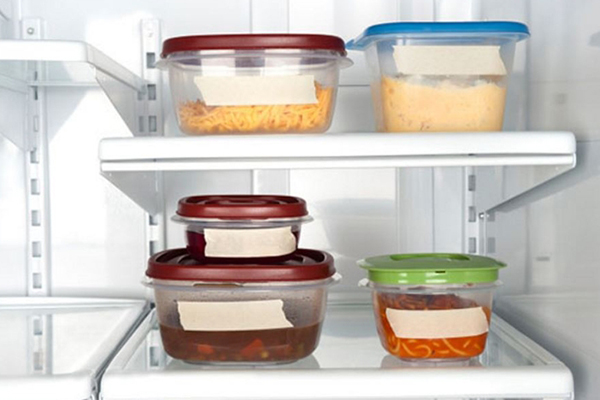Plastic food containers are a staple in kitchens worldwide, prized for their convenience, affordability, and versatility. However, many people wonder about the longevity of these containers and when it might be time to replace them. Understanding the lifespan of plastic food containers involves considering various factors, including the type of plastic, how they are used, and how they are maintained. This article explores these factors in detail to provide a comprehensive guide on how long plastic food containers last.
Types of Plastic and Their Longevity
Different types of plastic have varying lifespans, and the type used in a container significantly influences its durability and longevity. Common plastics used in food containers include:
- Polyethylene Terephthalate (PET or PETE): Often used in single-use containers like water and soda bottles, PET is designed for short-term use. Repeated use and exposure to high temperatures can cause degradation, so these containers are best replaced after a few uses.
- High-Density Polyethylene (HDPE): Known for its strength and durability, HDPE is used in containers for milk, juice, and other perishable foods. HDPE containers can last for several years with proper care, but over time, they may become brittle and develop cracks.
- Polypropylene (PP): PP is used in containers for yogurt, butter, and other refrigerated foods. It is highly resistant to heat and can be used in microwaves and dishwashers. With proper care, PP containers can last several years, but they should be replaced if they show signs of wear or warping.
- Low-Density Polyethylene (LDPE): Used in bags and flexible lids, LDPE is more prone to stretching and warping over time. While LDPE containers can be reused, their lifespan is generally shorter than that of HDPE or PP containers.
- Polycarbonate (PC): Known for its clarity and strength, PC is used in reusable water bottles and food storage containers. However, due to concerns about BPA leaching, it is less commonly used for food storage. PC containers can last many years, but they should be discarded if they become cloudy, scratched, or cracked.
Factors Affecting Longevity
Several factors affect the longevity of plastic food containers:
- Usage: Frequent use, especially for heating food in microwaves or storing hot foods, can shorten the lifespan of plastic containers. High temperatures can cause warping and chemical leaching, making the containers less safe for use.
- Cleaning: Dishwasher use can also impact the lifespan of plastic containers. The high heat and harsh detergents can cause cracking and wear. Hand washing with mild soap and warm water can help extend their life.
- Storage Conditions: Storing plastic containers in extreme temperatures, whether hot or cold, can affect their durability. It’s best to store them in a cool, dry place away from direct sunlight, which can degrade the plastic over time.
- Physical Wear and Tear: Regularly inspecting containers for cracks, warping, and discoloration is important. Containers showing any of these signs should be replaced to ensure food safety.
Signs It’s Time to Replace Plastic Containers
Knowing when to replace plastic food containers is crucial for maintaining food safety and quality. Here are some signs that indicate it’s time for a replacement:
- Cracks and Breaks: Visible cracks or breaks in the container can harbor bacteria and compromise food safety.
- Warping: If the container no longer fits its lid properly or has become misshapen, it is time to replace it.
- Staining and Odors: Persistent stains and lingering odors that cannot be removed with regular washing suggest that the plastic has absorbed food particles and may not be safe for further use.
- Cloudiness and Scratches: Over time, plastic containers can become cloudy and develop scratches, which can make them more prone to bacterial contamination.
Extending the Life of Plastic Containers
To maximize the lifespan of your plastic food containers, follow these tips:
- Hand Wash: Whenever possible, hand wash containers with mild soap and warm water to avoid the high heat and harsh detergents of dishwashers.
- Avoid Microwaving: While many plastic containers are labeled microwave-safe, repeated exposure to high heat can degrade the plastic. Use glass or microwave-safe ceramic containers instead.
- Proper Storage: Store containers in a cool, dry place, and avoid exposing them to direct sunlight or extreme temperatures.
- Regular Inspection: Routinely check containers for any signs of wear and replace them as needed to ensure food safety.
Conclusion
The lifespan of plastic food containers depends on the type of plastic, how they are used, and how they are maintained. While some containers can last for several years with proper care, others may need to be replaced more frequently. By understanding the factors that affect the longevity of plastic containers and following best practices for their use and maintenance, you can ensure that your food storage solutions remain safe and effective for as long as possible.
Post time: 07-25-2024




